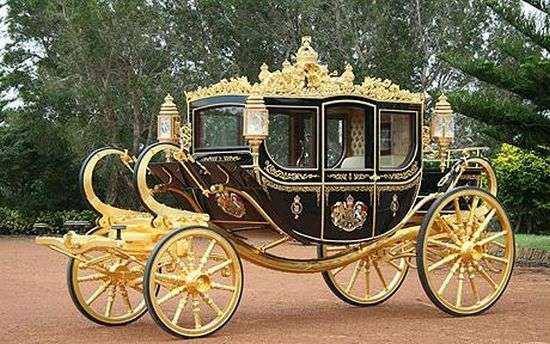Stamp: Postage Due - Views (Gibraltar 1996)
Postage Due - Views (Gibraltar 1996)
01 January (Gibraltar ) within release Views on Gibraltar goes into circulation Stamp Postage Due - Views face value 1 Gibraltar penny
| Stamp Postage Due - Views in catalogues | |
|---|---|
| Michel: | Mi:GI P20 |
Stamp is vertical format.
Also in the issue Views on Gibraltar:
- Stamp - Postage Due - Views face value 25;
- Stamp - Postage Due - Views face value 50;
- Stamp - Postage Due - Views face value 1;
- Stamp - Postage Due - Views face value 2;
- Stamp - Postage Due - Views face value 1;
- Stamp - Postage Due - Views face value 10;
|
Data entry completed
83%
|
|
|---|---|
| Stamp Postage Due - Views in digits | |
| Country: | Gibraltar |
| Date: | 1996-01-01 |
| Size: | 20 x 24 |
| Perforation: | 14½ x 14 |
| Emission: | Postage Due |
| Format: | Stamp |
| Face Value: | 1 Gibraltar penny |
Stamp Postage Due - Views it reflects the thematic directions:
A port is a maritime facility comprising one or more wharves or loading areas, where ships load and discharge cargo and passengers. Although usually situated on a sea coast or estuary, ports can also be found far inland, such as Hamburg, Manchester and Duluth; these access the sea via rivers or canals. Because of their roles as ports of entry for immigrants as well as soldiers in wartime, many port cities have experienced dramatic multi-ethnic and multicultural changes throughout their histories
Mammals are any vertebrates within the class Mammalia (/məˈmeɪli.ə/ from Latin mamma "breast"), a clade of endothermic amniotes distinguished from reptiles (including birds) by the possession of a neocortex (a region of the brain), hair, three middle ear bones and mammary glands. All female mammals nurse their young with milk, secreted from the mammary glands. Mammals include the largest animals on the planet, the great whales. The basic body type is a terrestrial quadruped, but some mammals are adapted for life at sea, in the air, in trees, underground or on two legs. The largest group of mammals, the placentals, have a placenta, which enables the feeding of the fetus during gestation. Mammals range in size from the 30–40 mm (1.2–1.6 in) bumblebee bat to the 30-meter (98 ft) blue whale. With the exception of the five species of monotreme (egg-laying mammals), all modern mammals give birth to live young. Most mammals, including the six most species-rich orders, belong to the placental group. The largest orders are the rodents, bats and Soricomorpha (shrews and allies). The next three biggest orders, depending on the biological classification scheme used, are the Primates (apes and monkeys), the Cetartiodactyla (whales and even-toed ungulates), and the Carnivora (cats, dogs, seals, and allies).
The horse (Equus ferus caballus) is one of two extant subspecies of Equus ferus. It is an odd-toed ungulate mammal belonging to the taxonomic family Equidae. The horse has evolved over the past 45 to 55 million years from a small multi-toed creature, Eohippus, into the large, single-toed animal of today. Humans began to domesticate horses around 4000 BC, and their domestication is believed to have been widespread by 3000 BC. Horses in the subspecies caballus are domesticated, although some domesticated populations live in the wild as feral horses. These feral populations are not true wild horses, as this term is used to describe horses that have never been domesticated, such as the endangered Przewalski's horse, a separate subspecies, and the only remaining true wild horse. There is an extensive, specialized vocabulary used to describe equine-related concepts, covering everything from anatomy to life stages, size, colors, markings, breeds, locomotion, and behavior.
A carriage is a two- or four-wheeled horse-drawn vehicle for passengers. Second-hand private carriages were common public transport, the equivalent of modern cars used as taxis. Carriage suspensions are by leather strapping or, on those made in recent centuries, steel springs. Two-wheeled carriages are usually owner-driven.




